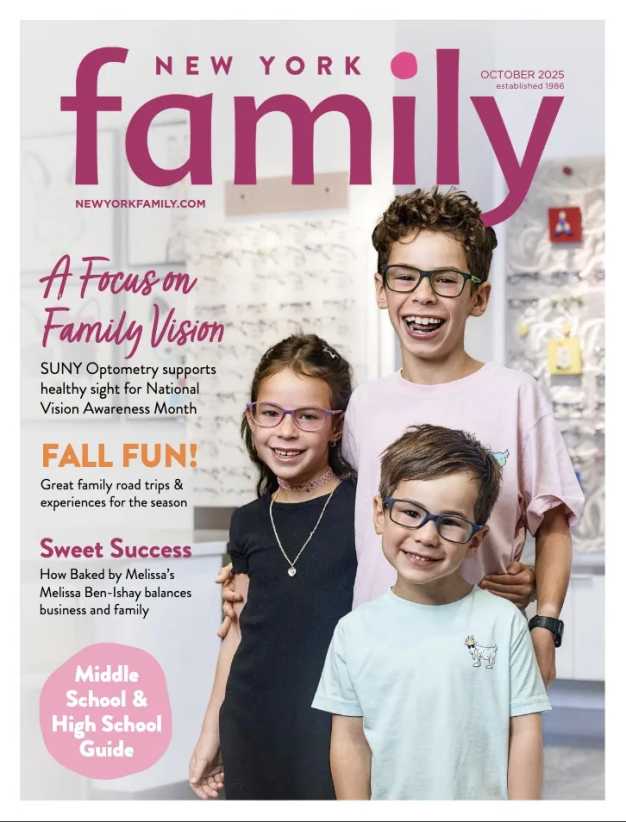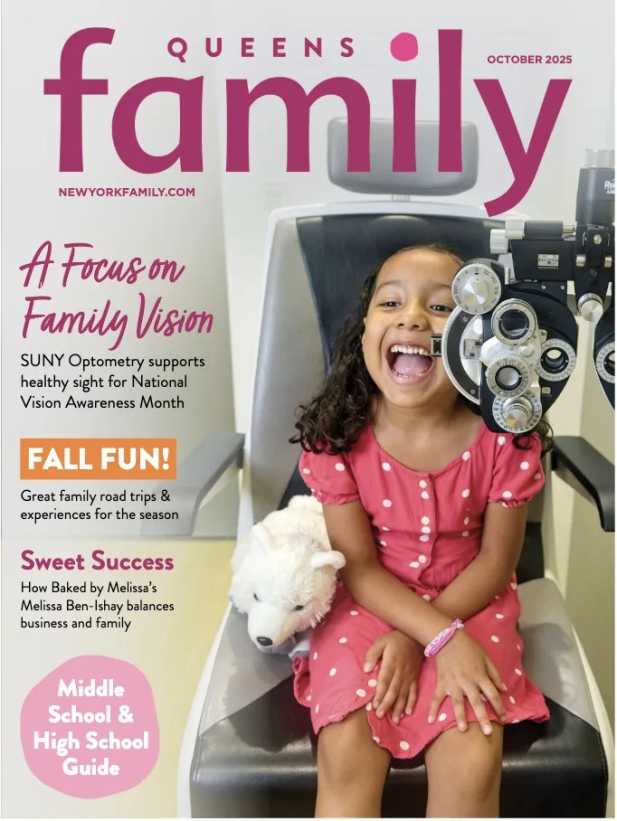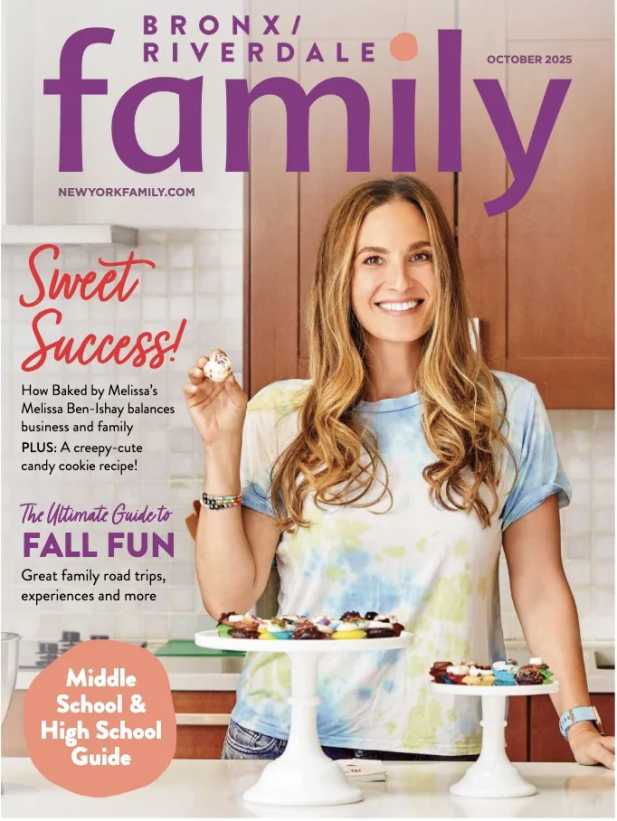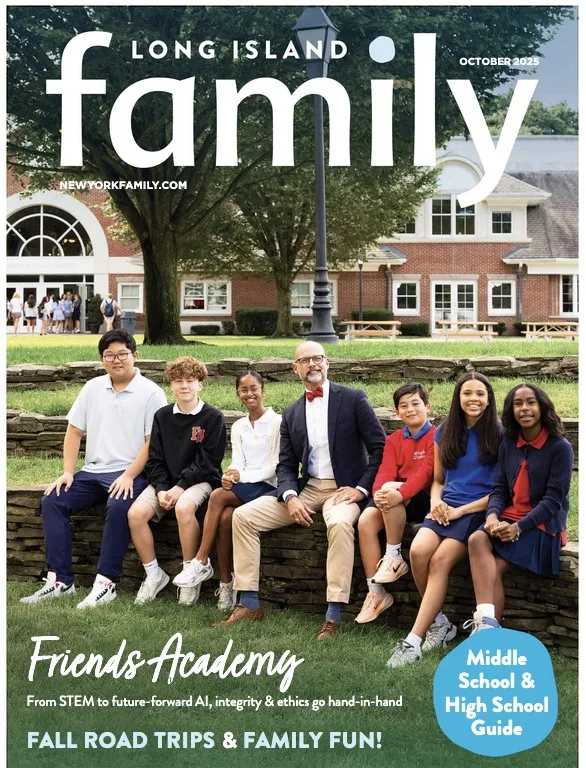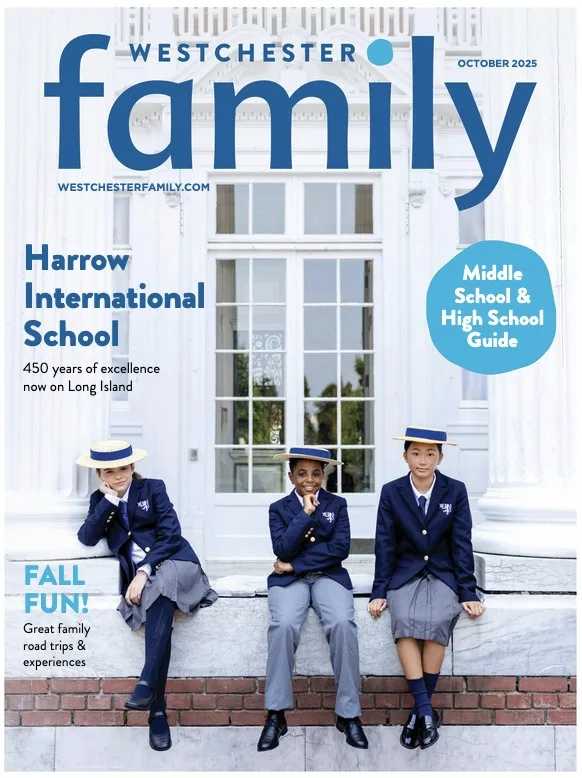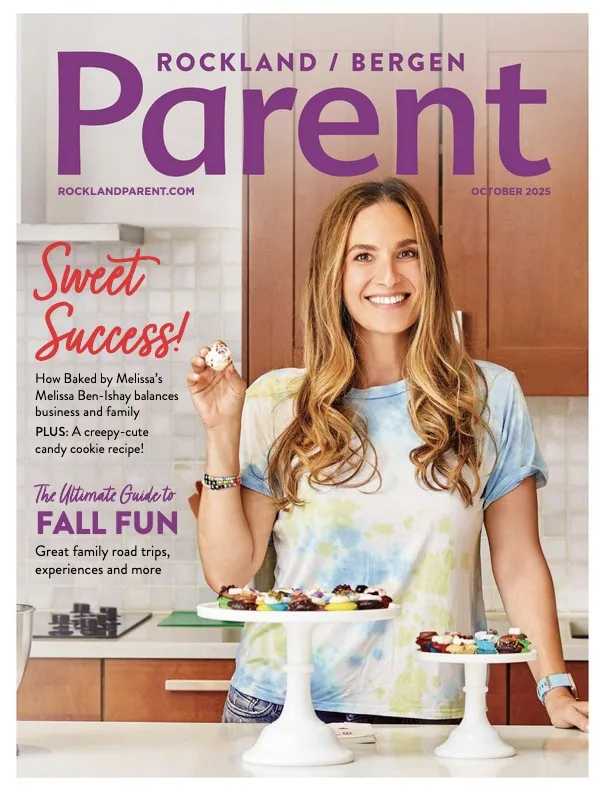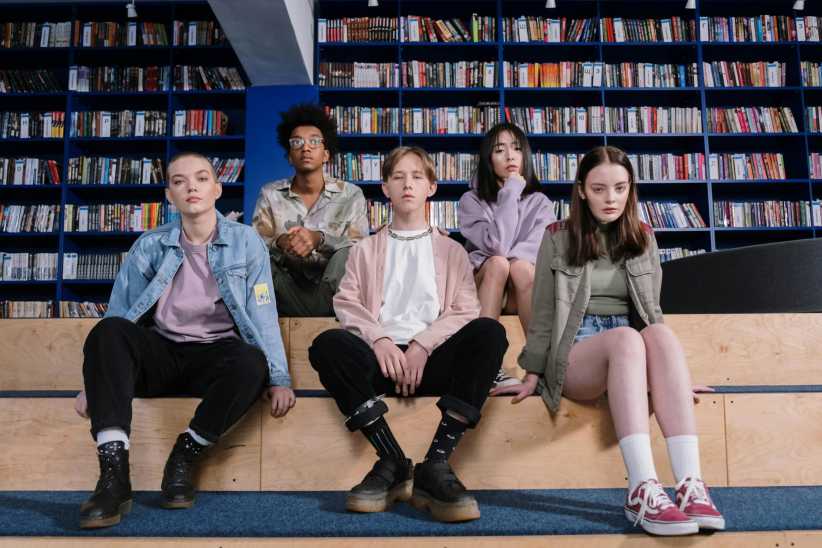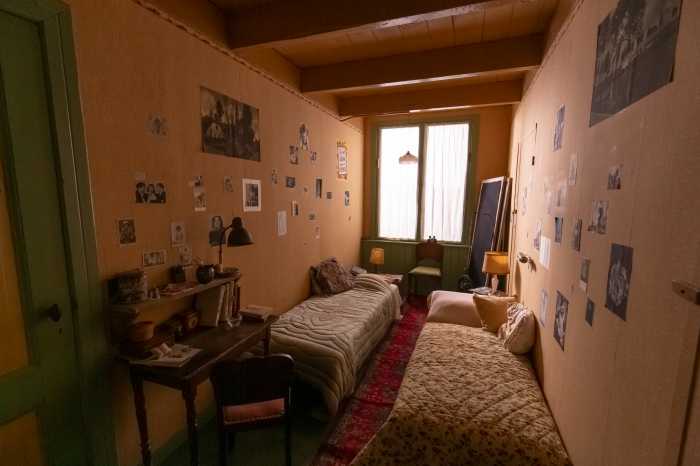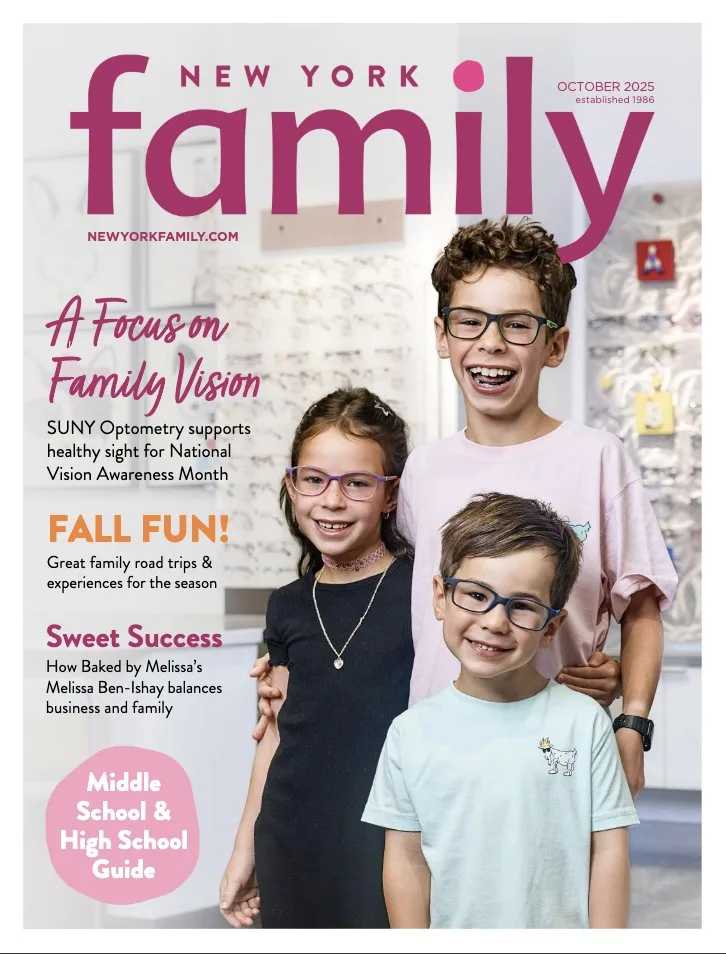
Imagine: Education without limits.
Educational visionaries have written, theorized, and dreamed about it, and this September in Tribeca, Portfolio School will make it a reality, welcoming students ages 5-9 for its inaugural year.
The school, which aims to take education to the next level by implementing methods developed at Stanford’s Graduate School of Education and Design School, will eventually serve students K-12 in its quest to shape problem-solvers and innovators—active learners with a healthy connection to both technology and the arts. Students will learn and develop skills in a mixed-age environment, working in teams that are sometimes organized by age or skill level—particularly in reading and math—and other times based on interest.
“The structure of the day is designed to engage students in high level learning in literacy and math, along with interdisciplinary, collaborative projects incorporating the sciences and the humanities, technology and the arts,” says Lower School Director Shira Leibowitz, Ph.D. “Each day will begin and end with community meetings, emphasizing social-emotional learning, social problem solving, and self-reflection. Additionally, reflection is embedded in each project—not just about how the endeavor is going, but how the students themselves are developing as learners, creators, and people.”
Students will have schedules with assigned activities ,and work, as well as time for choices based on their individual interests. Among other things this approach allows young students to develop time-management skills. There is also a “no homework” policy, emphasizing the importance of family time and the pursuit of personal hobbies.
“Our aim is that [project-based learning] becomes the way of learning,” says co-founder and CEO Babur Habib, PhD. He also stresses that it’s not about throwing out traditional models of education. “There are things that are proven to work beautifully, but at Portfolio we present the opportunity to not be encumbered by tradition.”
Even among the other alternative institutions, the Portfolio School founders believe they offer a unique voice. The curriculum at the forward-leaning, 2,500-square-foot open-space, “one-room schoolhouse” will blend traditional, progressive, contemporary, and innovative practices. These initiatives are all grounded in research that proves project-based learning and mixed-age classrooms work in helping students develop the abilities needed to thrive in and contribute to a rapidly changing entrepreneurial, tech-savvy world.
Nancy Otero, director of project-based learning at Portfolio and world-recognized leader in the implementation of school Fabrication Laboratories (“FabLabs@School”), describes the method as helping students understand the big picture. “Reality is not divided into history, physics, math, et cetera,” she says. “It is one single, interrelated concept. We want students to understand it and see the connections… Our students will learn the technology and methods necessary to create working inventions that are based on their understanding of these connections.” The FabLab at Portfolio School has 3D printers, robotics, a laser cutter, electronics, and a CNC router.
Since parents of even the youngest children are always thinking ahead to higher education, Doug Schachtel, co-founder and COO, points out that Portfolio’s approach sets students up for real-world success in tangible ways. “The skills demanded today, and more so in the future, are the so-called softer skills—collaboration, communication, creative thinking, and problem-solving,” he says. “Project-based learning is a natural vehicle to develop those.”
Many times when parents hear of a new school with an “off-the-beaten-path” bent, they wonder if their kids will actually learn as much as their traditionally-taught peers. The team is clear on this: “Portfolio believes in a rigorous curriculum. What we bring to the educational landscape is a seriousness about research-based educational programs,” Leibowitz explains. “Our interdisciplinary approach brings together the traditional and the innovative to create a new tapestry that enables kids to think in more sophisticated ways. We incorporate balanced literacy and Singapore math, and we track student progress according to Common Core Standards, the Next Generation Science Standards, and the National Social Studies Standards.”
In this model, teachers move beyond the traditional broadcaster role and become influencers. They also have more time for one-on-one interactions with each student, tailoring their approach to fit each child’s natural pace and interests.
“We believe that every student deserves to get what they need. Project-based learning allows for a child’s natural sense of curiosity to be the driver, which fosters a love of learning,” explains Lower School teacher Anita Bagaria, who also gives a nod to the school’s sense of community. “Children learn best when there is respect for them as individuals and learners.”
With universities now moving towards assessing incoming students based on work they’ve done over the course of their academic career, as opposed to just grades and standardized tests, Portfolio students will graduate with actual portfolios, which they’ve been creating from day one. These portfolios will serve as tangible demonstrations of students’ thinking, creativity, and innovation.
The founding team seeks to build an environment that allows each child to learn and grow in their individual way and at their own pace. For this reason, Portfolio is a place for every type of learner.
To learn more about Portfolio School, visit portfolio-school.com!
